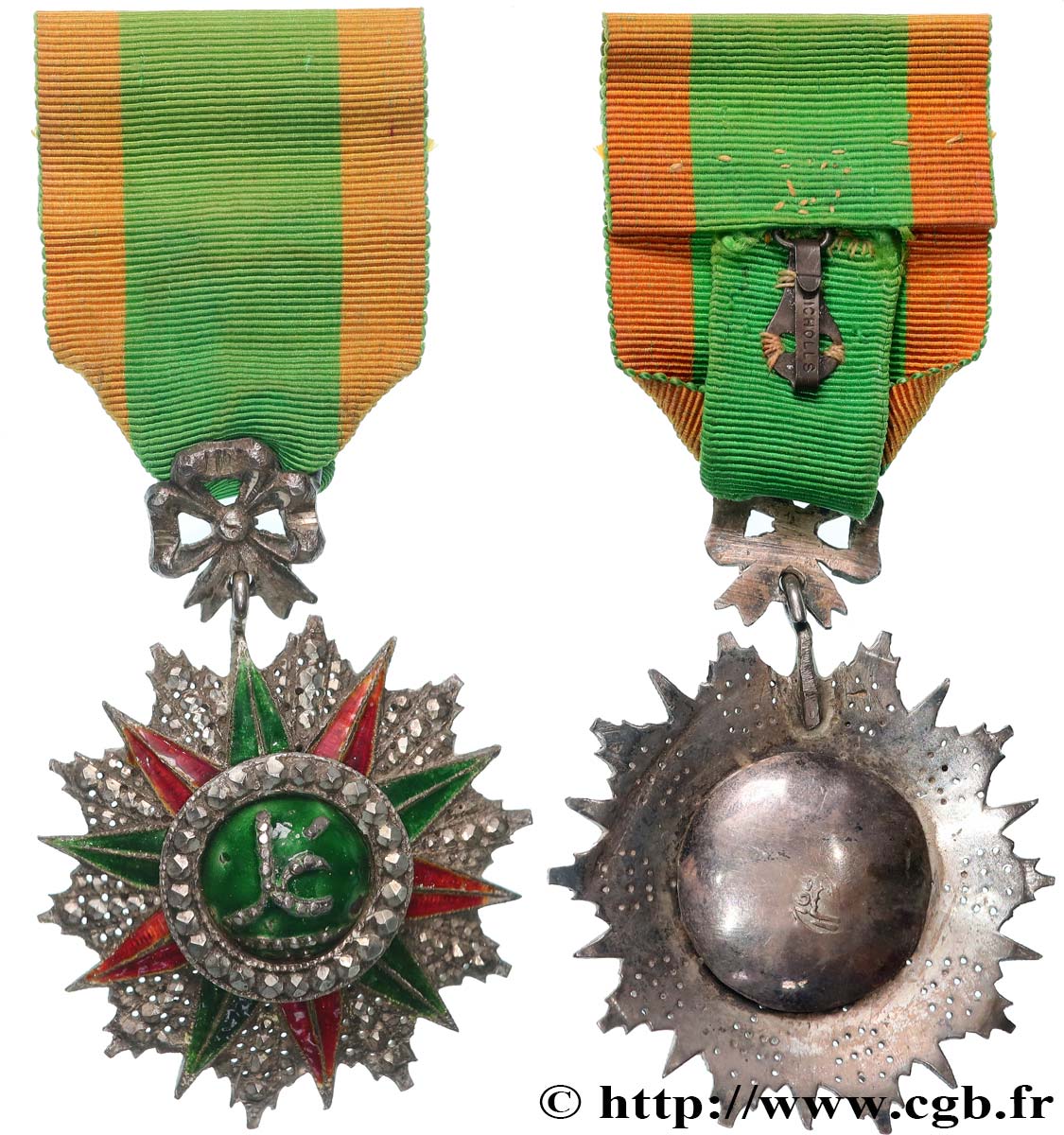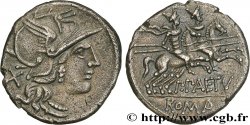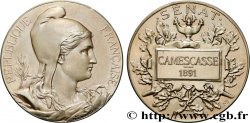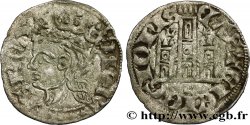Live auction - fme_901666 - TUNISIA - PROTETTORATO FRANCESE - ALI BEY Médaille, Ordre du Nichan al Iftikhar, Commandeur
Devi Sign-in ed essere un offerente approvato fare un'offerta, Login per fare offerte. Conti sono soggetti ad approvazione e di approvazione sono raggiunti entro 48 ore. Non aspettare fino al giorno di una vendita si chiude per registrarti.Confermando la tua offerta su questo oggetto ti impegni ad un contratto legalmente vincolante per l'acquisto di questo prodotto e fare clic su «offerta» costituisce accettazione dei termini di utilizzo de live auctions cgb.fr.
Offerta deve essere collocato in euro gli importi interi vendita only.The si chiuderà al momento sulla descrizione dell'oggetto, eventuali offerte pervenute al sito dopo l'orario di chiusura non verranno eseguite. Volte transmition possono variare e le offerte potrebbero essere respinto se si attende per gli ultimi secondi. Per ulteriori informazioni ckeck le FAQ Live auction.
Le offerte vincenti saranno sottomesse ai 18% per spese di compartecipazione alla vendita.
Le offerte vincenti saranno sottomesse ai 18% per spese di compartecipazione alla vendita.
| Valutazione : | 200 € |
| Prezzo : | no offerta |
| Offerta maxima : | no offerta |
| Data di fine vendita : | 14 maggio 2024 17:47:52 |
Tipo : Médaille, Ordre du Nichan al Iftikhar, Commandeur
Data: n.d.
Metallo : vari
Diametro : 113 mm
Asse di coniazione : 12 h.
Peso : 34,77 g.
Orlo : lisse
Marchio : sans poinçon
Commenti sullo stato di conservazione:
Quelques manques d’émail. Taches d’oxydation au revers. Des rayures au revers également
Diritto
Titolatura diritto : ANÉPIGRAPHE.
Descrittivo diritto : Caractères dans un médaillon central.
Rovescio
Titolatura rovescio : LISSE.
Descrittivo rovescio : (marque ou poinçon dans le champ du médaillon).
Commento
Diamètre du médaillon : 60 mm, avec la bélière : 67,5 mm
Exemplaire émaillé de rouge et vert avec des rayons ciselés à facette entre chaque bras, le médaillon central porte des caractères arabes sur un fond d’émail vert. Il est tenu par un noeud en fleur et retenu par un ruban jaune et vert (qui ne semble pas être d’origine d’environ 38,5 mm de largeur) qui s’accroche grâce à une attache métallique.
Cette décoration avait été instituée en 1835 par Ahmad I ibn Mustafa, Bey de Tunis et réformé en 1857 par son successeur Muhammad II ibn al-Husayn.
Medallion diameter: 60 mm, with bail: 67.5 mm Red and green enamelled copy with faceted chiseled rays between each arm, the central medallion bears Arabic characters on a green enamel background. It is held by a flower knot and retained by a yellow and green ribbon (which does not appear to be original, approximately 38.5 mm wide) which is attached with a metal fastener. This decoration was instituted in 1835 by Ahmad I ibn Mustafa, Bey of Tunis and reformed in 1857 by his successor Muhammad II ibn al-Husayn
Exemplaire émaillé de rouge et vert avec des rayons ciselés à facette entre chaque bras, le médaillon central porte des caractères arabes sur un fond d’émail vert. Il est tenu par un noeud en fleur et retenu par un ruban jaune et vert (qui ne semble pas être d’origine d’environ 38,5 mm de largeur) qui s’accroche grâce à une attache métallique.
Cette décoration avait été instituée en 1835 par Ahmad I ibn Mustafa, Bey de Tunis et réformé en 1857 par son successeur Muhammad II ibn al-Husayn.
Medallion diameter: 60 mm, with bail: 67.5 mm Red and green enamelled copy with faceted chiseled rays between each arm, the central medallion bears Arabic characters on a green enamel background. It is held by a flower knot and retained by a yellow and green ribbon (which does not appear to be original, approximately 38.5 mm wide) which is attached with a metal fastener. This decoration was instituted in 1835 by Ahmad I ibn Mustafa, Bey of Tunis and reformed in 1857 by his successor Muhammad II ibn al-Husayn








 Segnalare un errore
Segnalare un errore Stampate la pagina
Stampate la pagina Condividi mia selezione
Condividi mia selezione Fai una domanda
Fai una domanda Consegnare / vendere
Consegnare / vendere
 Descrittivo
Descrittivo










